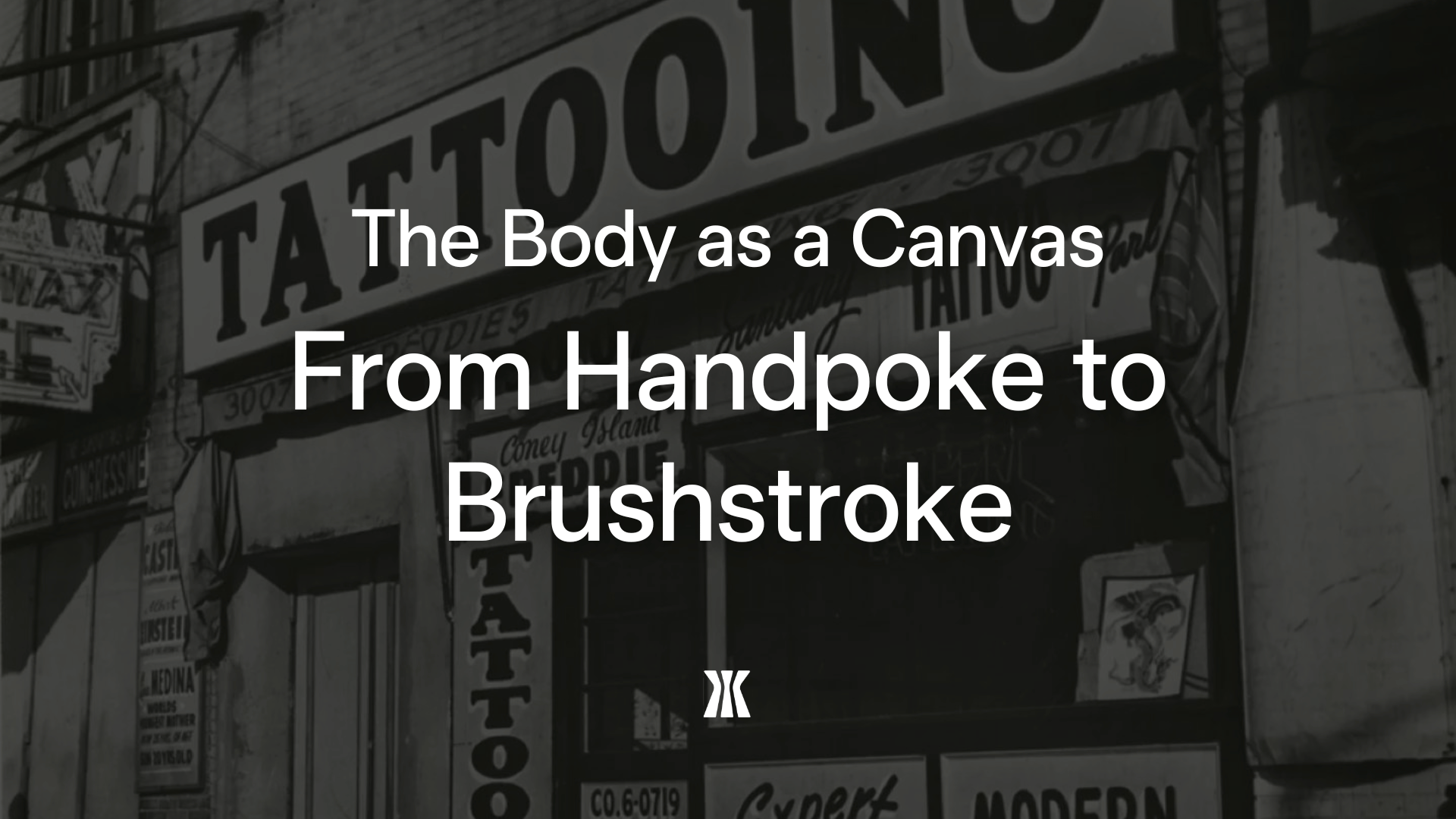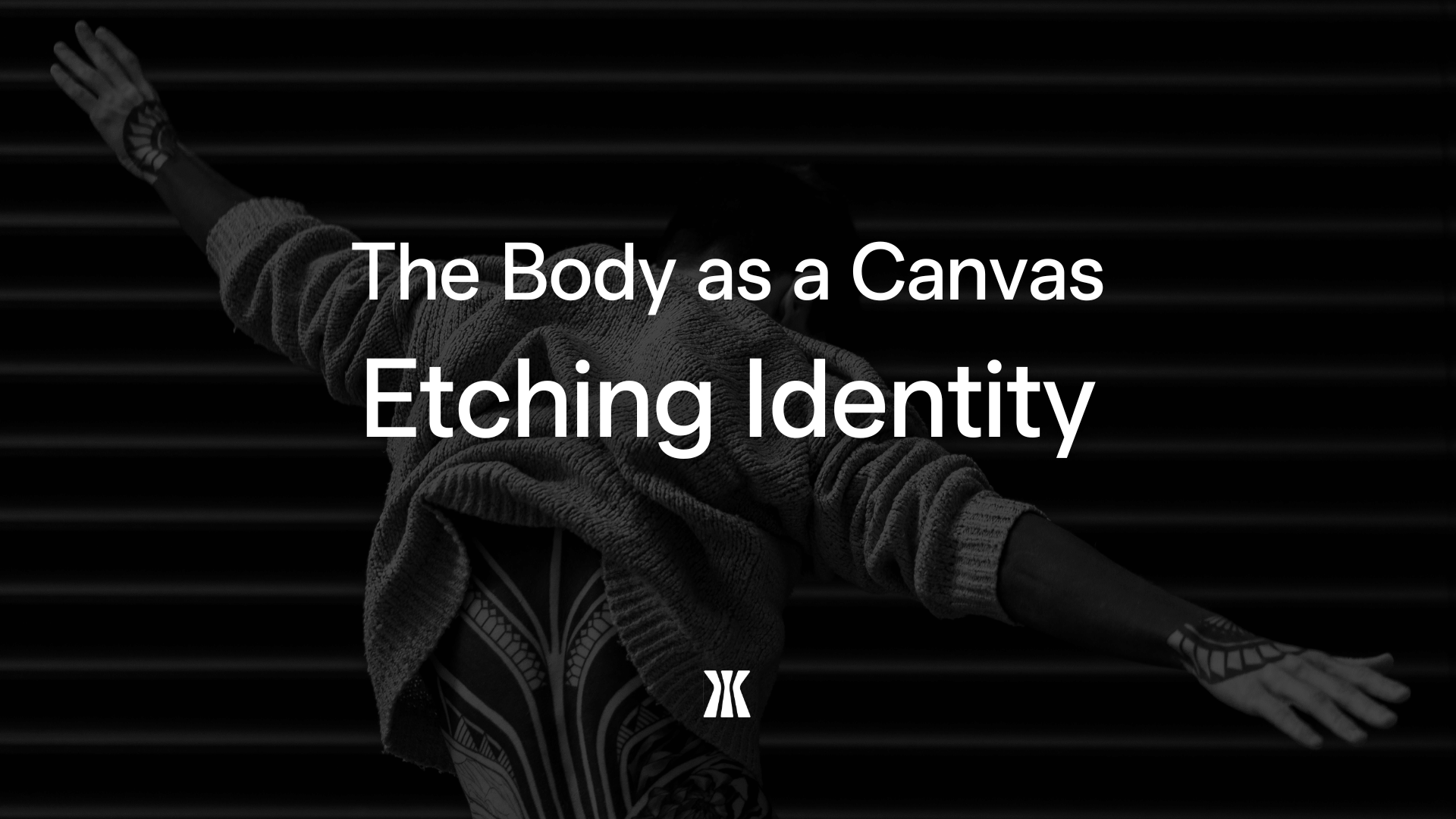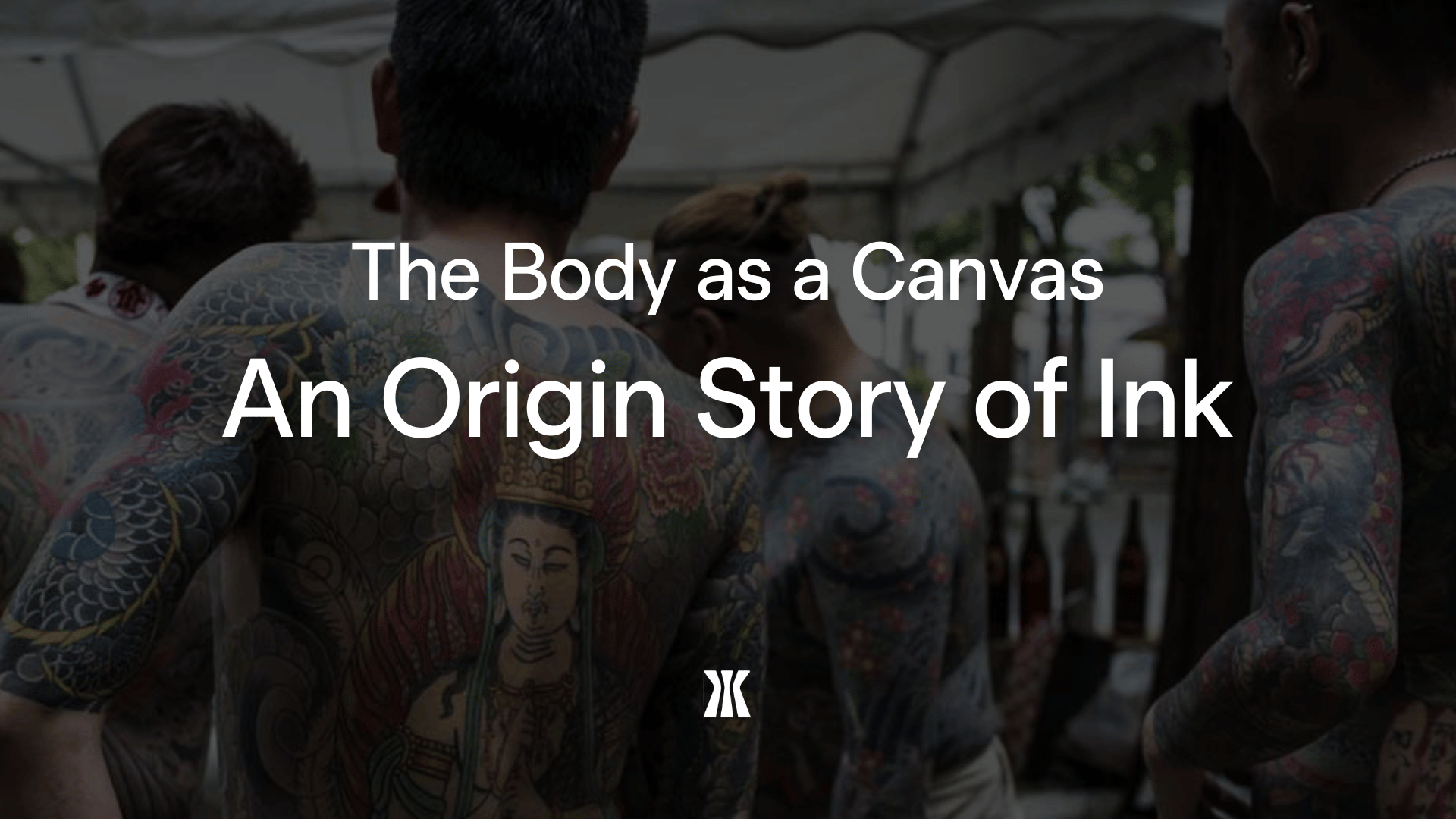Like any other art form, tattoo art has experienced a multitude of trends. As early as the 1990s, tattoo artists began to emerge from Art Schools and creative circles, along with many rising from the underground, apprenticing in shops and practicing on themselves.
Four major fundamental styles laid the foundations for modern tattooing: Japanese, hyperrealism, tribal, and old school. Inspired by iconography and traditional techniques, the art of tattooing absorbs influences, mixes styles, and reinvents its own codes, making it incredibly alive.
Despite its cultural meaning, the art of Irezumi is appreciated worldwide for its beauty and symbolism, and traditional masters often share their art abroad. The art form is generally composed of vibrant colors and often incorporates elements of nature (waves, flowers, clouds, flames...) or literary and mythological characters. Don Ed Hardy, rich in the heritage of the mythical Sailor Jerry, had the idea of initiating exchanges with the Orient as early as the 60s — he was one of the first to confront the iconography and customs of Japanese artists with his own artistic talents. Since then, others such as Filip Leu have taken up his initiative in other forms.

Tattoo by Filip Leu
The "fine line" in "black & gray", which originated on the skin of Chicano gangsters in California prisons, is a technique that was perfected by Jack Rudy in the late 70s. Initially inspired by Mexican and religious culture, the portraits are marked by fine lines and shades of black and gray. If today's tattoo artists specializing in realism are able to produce impressive pieces in terms of volume and light, they owe this in part to the already stunning tattoos produced in the Los Angeles shops of the 80s, but also to the European tattoo artists of the next generation who conscientiously refer to the figurative art of the Renaissance and Baroque painting. Tin-tin and Manu Badet, for example, are among the most emblematic of this generation. The Chicano style is also largely credited with the development of large arabesque calligraphy. Today's lettering style borrows from many other sources of writing and is sometimes even traced in color — just like hyperrealistic tattoos. You can explore Tin-tin's NFT 3D gallery here.
At the origin of "tribal" tattoos, as has been known for over 20 years, are tribes scattered throughout time and space. From the Celts of old Europe to the Indians of America, via the legendary Maoris of Polynesia, they represent just a few of the many cultures with a rich tattooing heritage. In the 80s, Leo Zulueta, encouraged by Ed Hardy, was one of the first to tap into this wealth, becoming an inventor of modern tribal or "neo-tribal" tattooing. Later popularized by Englishman Alex Binnie, this style reached its apogee in the early 2000s, and is now in turn mixed with other styles as distant as they are surprising, with black most often remaining the shade of choice.

Alex Binnie, 2024
"Old school", a style popular since the early 2000s, was built up thanks to the heritage left by post-war American sailors and servicemen (1950s/60s), with images traditionally drawn from the standards of the US Navy and GI's: anchors, boats, mermaids, flags, eagles, and other various emblems. It's undoubtedly the visual impact of the broad strokes and bold colors that seduce so many tattoo artists and tattooed people. With little detail or gradation, the designs are ultra-readable, and therefore suffer less than others from aging. The "new school" style, which emerged in the 90s, borrows the technique and rendering of its precursor, incorporating more color, shading, and motifs. In the end, it's "neo-traditional" that most closely resembles the style's origins, while at the same time displaying a more dynamic and refined character: compositions remain fairly similar, while infinitely multiplying themes. Curves soften and colors gain in nuance.

Darling Charlie, Tattoo Artist, Portland OR
These trends, or styles, sometimes overlap or feed into each other. While we can historically identify the above main styles, it is difficult to define or describe what today's established styles might be. The expansion of the practice worldwide since the early 2000s, combined with the tradition of exchange and travel ingrained in the artists who convey it, makes it virtually impossible.
Today, almost everything can be combined endlessly in tattooing: drawing and all its rich derivatives, writing, topography, painting and watercolor, engraving and printmaking, calligraphy and graffiti. Tattoo art feeds on everything from the most distant past to the most recent movements.




